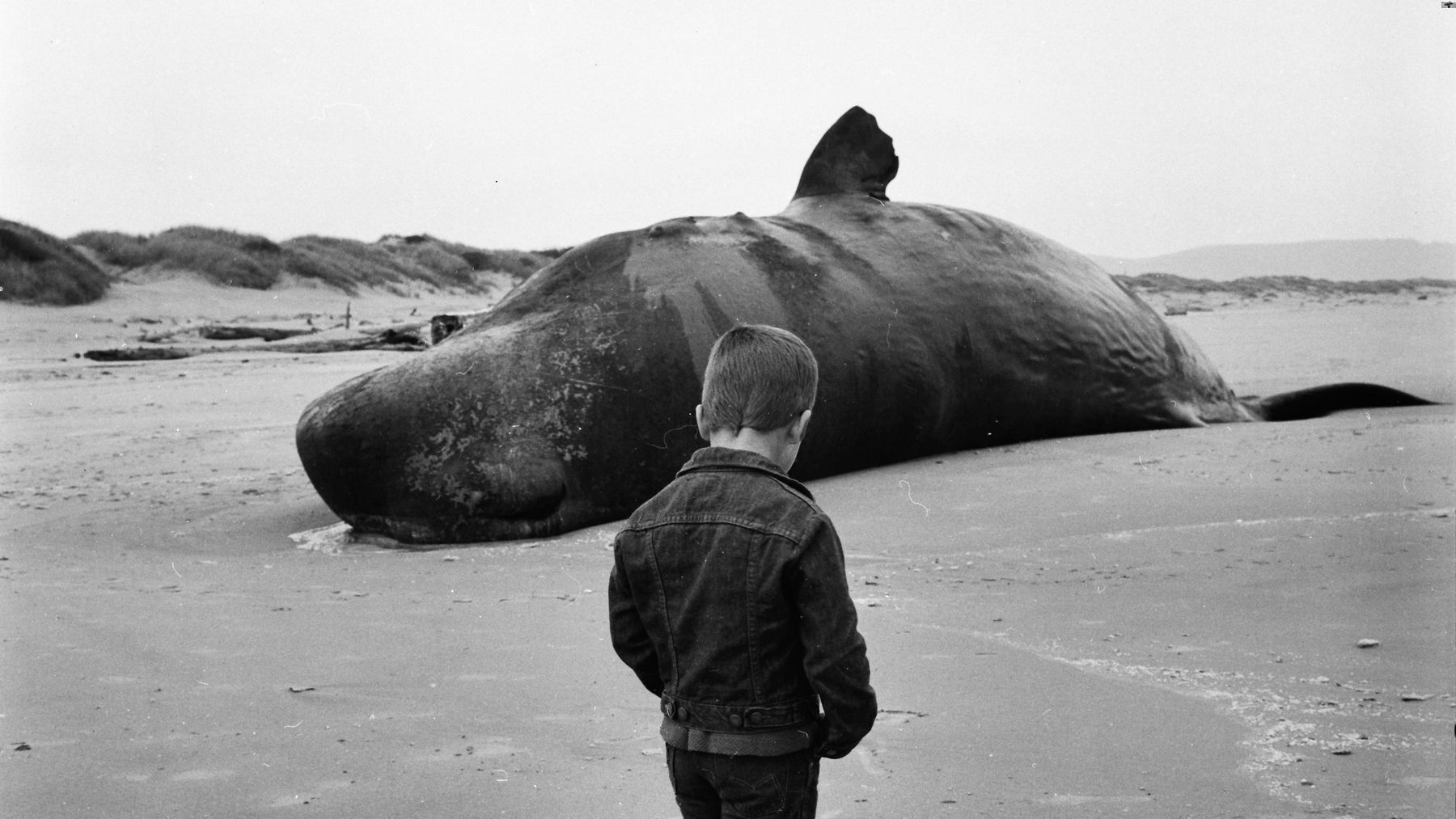
Kenneth Bianchi is a name that sends chills down many spines. Known as one of the infamous "Hillside Stranglers," Bianchi's story is a dark chapter in criminal history. But who exactly is Kenneth Bianchi? Born in 1951, he led a life that spiraled into a series of heinous crimes. Alongside his cousin, Angelo Buono, Bianchi was responsible for the murders of ten women in Los Angeles during the late 1970s. His double life as a security guard and a serial killer baffled many. What drove him to commit such atrocities? This post dives into 35 facts about Kenneth Bianchi, shedding light on his early life, criminal activities, and the psychological aspects that made him one of America's most notorious killers. Buckle up for a chilling yet informative read.
Key Takeaways:
- Kenneth Bianchi, also known as the "Hillside Strangler," committed heinous crimes with his cousin, shocking the nation. Despite his infamy, he continues to be studied by criminologists and true crime enthusiasts.
- Bianchi's manipulative nature, lack of remorse, and narcissistic traits provide insight into his criminal behavior. His crimes have left a lasting impact on popular culture and criminal justice, inspiring books, movies, and TV shows.
Who is Kenneth Bianchi?
Kenneth Bianchi, also known as one of the "Hillside Stranglers," is a notorious figure in criminal history. His life and crimes have been the subject of numerous books, documentaries, and studies. Here are some intriguing facts about him.
-
Birth and Early Life: Kenneth Bianchi was born on May 22, 1951, in Rochester, New York. He was adopted by Nicholas and Frances Bianchi when he was just a few months old.
-
Adoption: His adoptive parents were unable to have biological children, which led them to adopt Kenneth. They provided him with a stable home, but he exhibited troubling behavior from a young age.
-
Behavioral Issues: From an early age, Bianchi showed signs of behavioral problems, including lying and stealing. He was often described as manipulative and deceitful.
-
Education: Despite his issues, Bianchi managed to graduate from Gates-Chili High School in 1970. He later attended Monroe Community College but did not complete his studies.
-
Jobs: Kenneth held various jobs, including working as a security guard and a jewelry store clerk. His employment history was marked by frequent changes and terminations.
The Hillside Stranglers
Kenneth Bianchi, along with his cousin Angelo Buono, became infamous as the "Hillside Stranglers." Their crimes shocked the nation and left a lasting impact on Los Angeles.
-
Partnership with Angelo Buono: Bianchi and Buono began their killing spree in late 1977. They lured young women into their car, posing as police officers.
-
Victims: The duo murdered at least ten women, aged 12 to 28, between October 1977 and February 1978. Their victims were often sexually assaulted and strangled.
-
Method of Operation: They used various methods to kill their victims, including strangulation, injection of lethal substances, and suffocation.
-
Dumping Grounds: The bodies were often found on hillsides in the Los Angeles area, leading to the moniker "Hillside Stranglers."
-
Capture: Bianchi was arrested in January 1979 in Bellingham, Washington, for the murders of two college students. His arrest led to the unraveling of the Hillside Strangler case.
Trial and Conviction
Kenneth Bianchi's trial was a media sensation, filled with dramatic twists and turns. His defense strategy and eventual conviction are noteworthy.
-
Insanity Plea: Bianchi initially pleaded not guilty by reason of insanity, claiming to have multiple personality disorder.
-
Psychological Evaluation: Several psychologists evaluated him, but most concluded he was faking the disorder to avoid conviction.
-
Confession: Eventually, Bianchi confessed to the murders and implicated his cousin Angelo Buono.
-
Testimony Against Buono: In exchange for a lighter sentence, Bianchi agreed to testify against Buono, who was subsequently convicted and sentenced to life in prison.
-
Sentencing: Bianchi received multiple life sentences without the possibility of parole. He is currently serving his sentence at the Washington State Penitentiary.
Life in Prison
Kenneth Bianchi's life behind bars has been marked by various incidents and continued notoriety.
-
Marriage: While in prison, Bianchi married Shirley Joyce Book, a pen pal, in 1989. Their marriage ended in divorce a few years later.
-
Art: Bianchi took up painting in prison, and some of his artwork has been sold to true crime enthusiasts.
-
Parole Hearings: He has had several parole hearings, all of which have been denied. His next parole hearing is scheduled for 2025.
-
Media Appearances: Bianchi has been featured in numerous documentaries and interviews, often discussing his crimes and life in prison.
-
Correspondence: He continues to correspond with people outside prison, including journalists and true crime fans.
Psychological Profile
Understanding Kenneth Bianchi's psychological makeup provides insight into his criminal behavior and motivations.
-
Manipulative Nature: Bianchi is often described as highly manipulative, using charm and deceit to achieve his goals.
-
Lack of Remorse: Psychologists have noted his lack of genuine remorse for his actions, a common trait among serial killers.
-
Narcissism: Bianchi exhibits narcissistic traits, including a grandiose sense of self-importance and a need for admiration.
-
Antisocial Personality Disorder: Many experts believe he has antisocial personality disorder, characterized by a disregard for the rights of others and a lack of empathy.
-
Sadistic Tendencies: His crimes suggest a sadistic streak, deriving pleasure from the suffering of his victims.
Cultural Impact
Kenneth Bianchi's crimes have left a lasting impact on popular culture and criminal justice.
-
Books: Numerous books have been written about Bianchi and the Hillside Stranglers, including "The Hillside Stranglers" by Darcy O'Brien.
-
Movies: The case has inspired several films, such as "The Case of the Hillside Stranglers" and "Rampage: The Hillside Strangler Murders."
-
TV Shows: True crime TV shows like "Mindhunter" and "Criminal Minds" have featured episodes inspired by Bianchi's crimes.
-
Criminal Profiling: The case contributed to the development of criminal profiling techniques used by the FBI and other law enforcement agencies.
-
Public Awareness: The Hillside Strangler case raised public awareness about the dangers of hitchhiking and the importance of personal safety.
Miscellaneous Facts
Here are some additional facts about Kenneth Bianchi that add more layers to his complex persona.
-
Alias: Bianchi used several aliases during his criminal activities, including "Steve Walker."
-
Hypnosis: He claimed to have been hypnotized by his cousin Buono to commit the murders, a claim that was widely discredited.
-
Attempted Escape: Bianchi once attempted to escape from prison but was quickly apprehended.
-
Infamy: Despite his heinous crimes, Bianchi has a small following of true crime enthusiasts who write to him and collect memorabilia.
-
Legacy: Kenneth Bianchi's life and crimes continue to be studied by criminologists, psychologists, and true crime fans, ensuring his place in the annals of criminal history.
Final Thoughts on Kenneth Bianchi
Kenneth Bianchi's life and crimes are a chilling reminder of the darkness that can lurk behind a seemingly normal facade. Known as one of the Hillside Stranglers, Bianchi, along with his cousin Angelo Buono, terrorized Los Angeles in the late 1970s. Their heinous acts left an indelible mark on the city and its residents. Bianchi's manipulative nature and ability to deceive even trained professionals highlight the complexities of criminal psychology. His case has been extensively studied, offering valuable insights into the minds of serial killers. Understanding his background, motives, and methods can help in preventing future crimes and aiding law enforcement. While his story is disturbing, it serves as a crucial lesson in vigilance and the importance of thorough investigation. Bianchi's legacy is a stark warning of the potential for evil within humanity.
Frequently Asked Questions
Was this page helpful?
Our commitment to delivering trustworthy and engaging content is at the heart of what we do. Each fact on our site is contributed by real users like you, bringing a wealth of diverse insights and information. To ensure the highest standards of accuracy and reliability, our dedicated editors meticulously review each submission. This process guarantees that the facts we share are not only fascinating but also credible. Trust in our commitment to quality and authenticity as you explore and learn with us.


